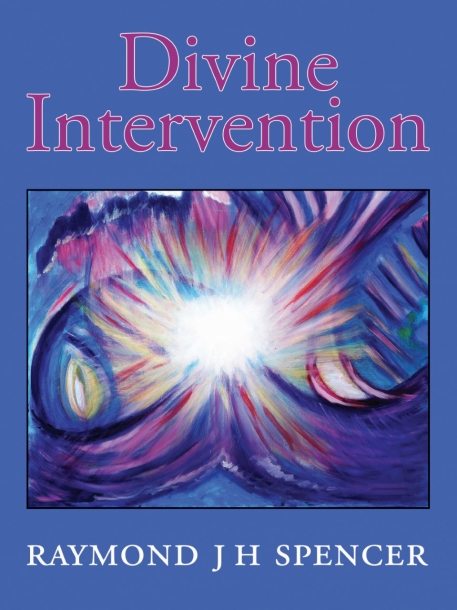
Reviewed by Tom Ruffles
The first thing to say about this self-published book is – it’s massive, clocking in at over 900 pages, and physically heavy with it. It is a remarkable achievement, detailing Raymond Spencer’s numerous psychic experiences over many years and studying them in depth. The first part is autobiographical, charting Spencer’s life from childhood in his native New Zealand, his relationship with his family, and his career. He trained as an engineer, but underpinning this practical side to his life he was aware from an early age that there was a dimension beyond the mundane. At the age of 15 he had an extreme out-of-body-experience during a bout of tonsillitis, following which he became conscious he had guardian spirits whose role was to help him as part of a larger plan. This portion of his life culminated in his presence at a spree shooting in and around a ski lodge at Raurimu on New Zealand’s North Island in February 1997 resulting in six fatalities. Spencer himself was shot in the side of the head and his wife also injured. The account of the massacre is grippingly written and the dread those involved felt as the murders took place is palpable.
After this traumatic event, from which it took him a long time to recover, Spencer became interested in Spiritualism and spiritual development, immersing himself in the literature and exploring his psychic side, and Divine Intervention is the fruit. The bulk of the text comprises a dissection of these explorations, recounting and analysing over 300 psychic experiences reproduced from extensive diary entries (tabulated and coded in an appendix), looking at them both from a human and from a spiritual perspective. They include astral travel, dream visions, telepathy, clairvoyance, clairaudience and clairsentience, channelling, spirit-produced sensations, pre- and retrocognition, apparitions, visions, materialisation and dematerialisation, the synchronisation of human and spirit energy systems, and more. The book was written with the assistance, and the firm encouragement, of his spirit friends.
He categorises his experiences and shows how they fit into a larger view of the structure containing this world and the higher planes we experience after bodily death, together forming a unified whole obeying the overarching laws of the universe. The final section opens out the discussion, examining the woeful state of the world. Spencer calls for a fresh approach that goes beyond the established religions in assisting our progress through the planes of existence, stressing that knowledge, rather than faith alone, is key. Finding harmony between the levels would facilitate the preservation of life on earth, something for which the participation of higher beings is essential. In this sense Spencer is combining metaphysics with a practical manual for living.
So this is an impressive project, laying bare one individual’s psychic and spiritual life in forensic detail and using it to expound universal principles. Support for Spencer’s thesis is marshalled utilising a broad range of supporting examples from the Spiritualist and psychical research literature (he has been a member of the SPR since 2003). His claim is that most people reading the volume will find their spiritual lives strengthened, overcoming negativity emanating from both spirits and humans who hold us back, for the ultimate benefit of all mankind. One has to ask, however, how many people will stick with it over the course of its 900 pages, and it hardly needs saying that sceptics will find nothing here to convert them. The degree of detail is obsessive, and while it is well written, anyone other than the most committed reader may come to feel it is self-indulgent. Spencer considers that in time its contents will be believed by everybody, but such a belief could prove over-optimistic. In short, Divine Intervention will probably fail to find an extensive readership despite the importance of the author’s mission and the sincerity with which he pursues it.

